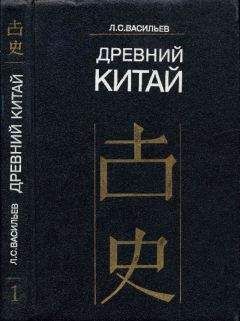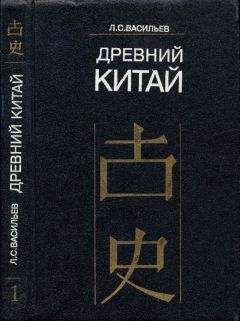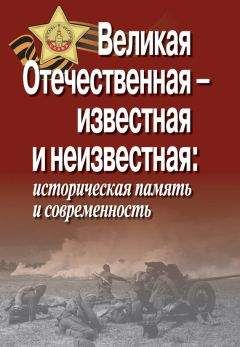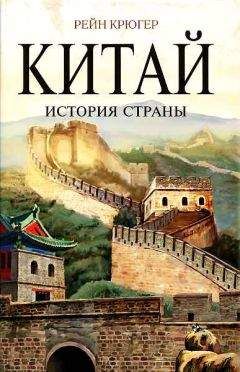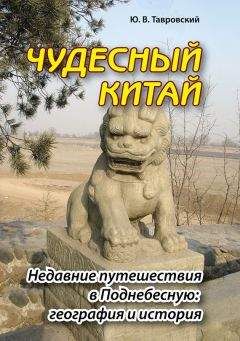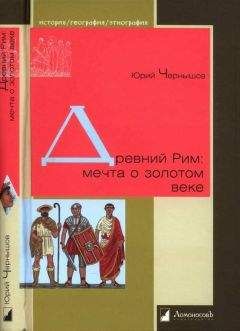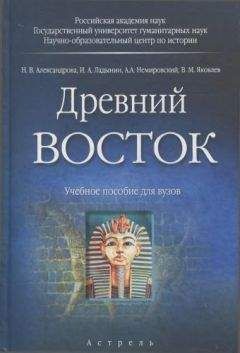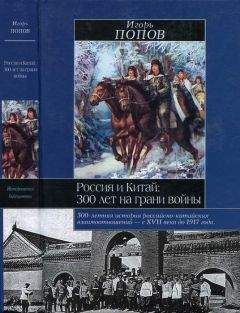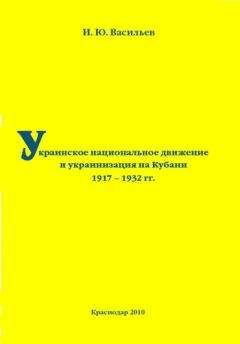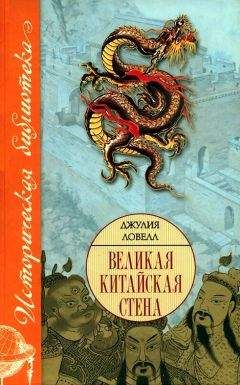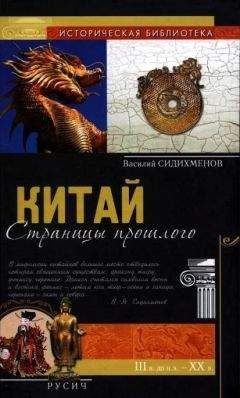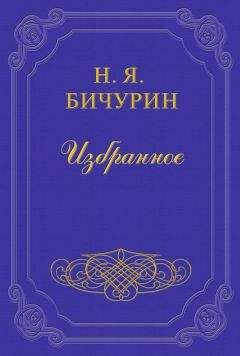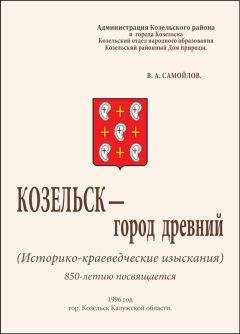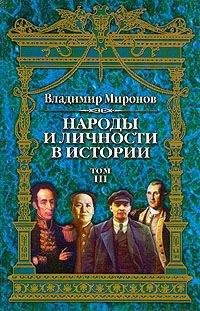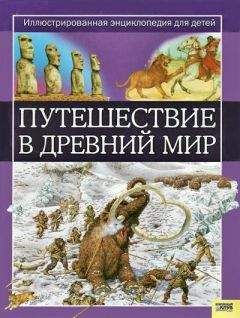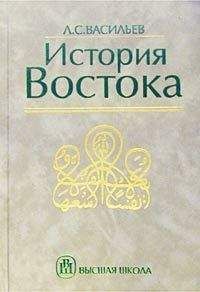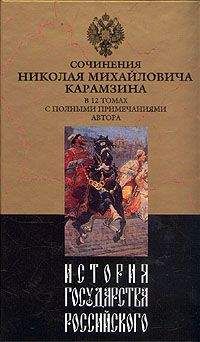Леонид Васильев - Древний Китай. Том 2: Период Чуньцю (VIII-V вв. до н.э.)
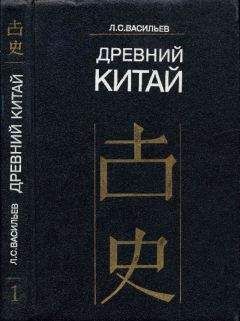
Скачивание начинается... Если скачивание не началось автоматически, пожалуйста нажмите на эту ссылку.
Жалоба
Напишите нам, и мы в срочном порядке примем меры.
Описание книги "Древний Китай. Том 2: Период Чуньцю (VIII-V вв. до н.э.)"
Описание и краткое содержание "Древний Китай. Том 2: Период Чуньцю (VIII-V вв. до н.э.)" читать бесплатно онлайн.
Том 2 трехтомника «Древний Китай» посвящен событиям периода Чуньцю (8–5 вв. до н. э.). Основное внимание уделено характеристике структуры китайского общества, в частности проблемам древнекитайского феодализма и дефеодализации чжоуского Китая.
The second volume contains the description of both processes: the slowly developing norms and the ceremonial procedure of feudal relations and a fast de-feudalization of these norms starting at the end of the Ch'un-Ch'iu period, to which Confucius made a major contribution. The first three chapters of the second volume are very specific. They describe step by step the events of the two-and-a-half-century long Ch'un-Ch'iu period. These events are presented with sufficient details. Firstly, because there is available material abundantly year by year reflected in the commentaries on the chronicle. Secondly, because the outline of these events is very interesting and instructive. Though the text is hard to read and keep in memory (it is overloaded with names and events), it makes clear and visible those elements that are usually characteristic for feudal structure. Fathers kill their sons in struggle for the throne and vise versa, brother goes against brother and all this is happening to the accompaniment of glorification of respect for the elders and ancestors, adhering to rituals and other ceremonials. Intrigues, plots, coups, flight of losers if they managed to escape and triumph of victors, permanent feudal wars of aristocrats, whose main activity was exactly war and hunting-that is the outline of the main events. This can be expanded by love stories, adulteries and harem passions, including incest, clashes of powerful aristocratic clans, faithfulness of some and betrayal of others. In other words, the picture is surprising and almost unique in the world history (if we take into account not novels but chronicles with detailed commentaries on them).
The following chapters of the second volume aim at analysing all this rich material from various sides, be it political history, norms of feudal structure, the character of feudal aristocratic wars, the problem of religious ideas and prejudices, forms of the Heaven cult, territorial gods or dead noble ancestors, faithfulness of some and betrayal of others. It also says about rituals among the nobility and the way of life of the common people, which could be learnt, in particular, from the folk songs and poems in the "Book of Songs" (Shih-king). Considerable attention is devoted to the social structure and the scale of rank in the texts, as well as to what extent these ranks corresponded to the realia of the time. Having no aim to characterise each chapter separately, it is important to pay attention to what they all have in common. It is the question of the development of the feudal structure, peculiarities of formation of the new vassal-seigniorial system, in the framework of which the domain of the Chou suzerain-wang, i.e. the Son of Heaven who possessed sacred holiness, was only one of existing political structures far from being a big one.
During the Western Chou the 14 armies used to be the basis of the Chou wangs' force and allowed them during the first two or three centuries of domination to feel at the very least powerful rulers, whose vassals de facto depended on them. These armies had disappeared a long time before. The wang's domain was now found in a miserable situation. It could hardly support one army. And although at the beginning of the Ch'un-Ch'iu period wangs still tried traditionally to interfere from time to time in the internal wars of their vassals, it soon became clear that it was beyond their powers. Moreover, with every new decade the real power of wangs diminished and wangs in case of necessity, such, for instance, as a conspiracy of relatives competing for the throne, had to turn to those of chu-hou princes, who had real power.
The question was that, as it has been mentioned earlier, in the framework of the structure formed in the Ch'un-Ch'iu period some vassal realms became bigger and stronger than the domain and many were equal to it. And none of the big and medium realms had the intention to obey to the wang although no one refused to treat with sacral respect the Son of Heaven. At the beginning this led to a chaotic confusion in Chung-guo, which was the name of an array of central and most civilized Chou kingdoms and princedoms (big semi-barbarian states-Ch'in in the west near the ancient places of inhabitance of the Chou-and Ch'u-in the south-were outside Chung-guo, as well as innumerable amount of small tribal states most of which were usurped by the stronger ones after a while.) Some time later first eastern Ch'i and then western Chin rose to prominence among the big kingdoms inside Chung-guo. It was from the rulers of these states that the so-called p'a, strong illegitimate rulers, appeared and took with weak wangs' approval the latters' authorities to arrange and maintain order in T'ien-hsia.
The first p'a was Huan-kung of Ch'i with his assistant Kuan Chung, a renowned reformer. They both successfully ruled in T'ien-hsia in 80-40-s of the 7th century ВС, called conventions of chu-hou and dictated their will, supporting it by considerable force. After that the functions of p'a were fulfilled by the rulers of Chin kingdom, the first of whom was a famous Wen-kung. Like wangs, p'a rulers acted as suzerains towards chu-hou rulers, who had to pay them certain contributions for maintaining order in T'ien-hsia. A wang did not receive any regular contributions from the vassals, who in the best case restricted themselves to sporadic presents or deferential gifts. Still the status of a p 'a was not equal to the status of a wang. And when some p'a wanted to equal himself to the Son of Heaven or replace him, he met the unwillingness of the wang and, moreover, of the chu-hou to change the habitual and universally convenient state of affairs, not to mention the fact that the mechanism of replacing the Mandate of Heaven was in reality non-existent.
As far as kingdoms and princedoms were concerned, each of them had its internal hierarchy, generally of a similar type. Places of distinguished high officials and ministers in it were usually occupied by ch 'ings, heads of hereditary patrimonial estates. They were, as a rule, not so numerous, usually about 3–6 unless it was a big Chin. They were of different origin. Some came from the ruling house, others were aristocrats not related to the rulers. But that had no noticeable effect on the stability of the political structure since in both cases ch'ings were powerful and their increased influence sometimes undermined the absolute power of the ruler. That is why the chu-hou after the allotment of the first sub-appanages-ancestral lands, usually refrained from further land division even when it concerned their favourite sons. Since sons were mentioned: each of chu-hou and ch 'ings (this refers to wangs as well) had the right to pass the throne to one of his sons, whom he himself selected. That often led to a lot of murderous intrigues. Women from the harem fought defiantly to have their sons selected. Let us remember that the last West-Chou ruler lost his throne and life exactly because he conceded to his favourite concubine and replaced his elder son from inheriting the throne. Such episodes repeated themselves in different kingdoms and princedoms more than once. The game was worth it: it was only one who could get all. The rest of the sons, who were quite a few in harems, could only expect a knight status {ta-fu\ i.e. a warrior-aristocrat on a chariot. In the best case some ta-fu received a town as conditional benefice-alimentation. But many remained even without this and worked for their master only for pay. Ta-fu numbered several thousands in a big kingdom and several hundreds in a medium one. At the end of the Ch'un-Ch'iu period huge numbers of aristocrats of the lowest rank, shih, appeared. These were descendants of ta-fu or common people promoted during their service, especially from successful warriors and servants.
The second half of the Ch'un-Ch'iu period passed, as it was mentioned earlier, under the badge of de-feudalization of the Chou feudalism that had not enough time for final development. What played the main role in it? There were plenty of reasons. Firstly, feudal wars which ended either in annexation of weak princedoms and semi-barbarian tribal proto-states or just in sorting out relationships (those killed in wars were considered as a sacrifice to the ancestors or the territorial deity-she). But the wars contributed to the mutual destruction of aristocracy although the tempo of its reproduction in harems was fairly fast. Secondly, what is more important, the piety with regard to the early Chou, when the first rulers from that house, especially Chou-kung, had a stiff grip over the supreme power, remained. It was the time when the first rulers of appanages felt not so much as powerful vassals but as commanders of Chou garrisons in different, often rather remote areas. Thirdly, the wang himself and his advisors, including influential historiographers considered tfye situation of disunity in T'ien-hsia as abnormal and searched for every possible way to correct this situation. And, finally, in the fourth place, what should be considered nearly the most important thing-in the second half of the Ch'un-Ch'iu period in T'ien-hsia serious changes of social-political and administrative character took place. It was the beginning of the Iron Age with new tools, development of commodity and monetary relations, flourishing of towns of new type that worked for the market and were full of artisans and merchants that were growing rich. In these circumstances feudal appanages were replaced by administrative and territorial districts headed by removable clerks-sAe, who were obviously displacing the former aristocracy. It should be mentioned that the formal acknowledgement of branches of aristocratic kin was limited to the first five generations.
Everything started from the appearance of new ideas. The matter concerns an ideologeme about the wise ancient rulers. As it was mentioned before, the Shang people knew or reported nothing in their numerous inscriptions on bones and turtle plastrons (they are called "fortune-telling inscriptions") about their past, even the recent one. Specialists know from authentic sources only the names of predecessors of the ruling wang, to whom sacrifices were made, including human sacrifices (from the captives of barbarian tribes that surrounded Shang). These are the only names to be found in fortune-telling inscriptions. But it is worth repeating that as far as events or legends are concerned, especially the epos glorified by the descendants or the mythology preserved in their memory, no names of gods, etc., or any information of that sort can be found in Shang inscriptions. At the same time in the reign of Chou-kung, who should be considered the founder of historical thinking and the corresponding tradition in China, an ideologeme about the Three Dynasties was created. These dynasties interchanged cyclically according to the principle of an ethic determinant, i.e. presence or absence of the sacral grace te. But at that time this was only a bare scheme. It was high time to fill it with live historic material borrowed from legends of different tribes that once had joined the Chou T'ien-hsia. That was done exactly in the chapters of the second layer of Shou-king, which was most probably created by historiographers who lived at wang's court in the 7th-6th centuries ВС. They were more than others concerned-together with their master-about glorifying the Son of Heaven and his role as the real ruler over T'ien-hsia.
The essence of the content of the newly written chapters was that once there lived the great and wise Emperor Yao, who possessed the sacred te and brought harmony first to his close relatives, then his countrymen, and later on the whole world which resulted in an epoch of prosperity. Yao did not give the power to his son, whom he did not consider suitable for that but chose the worthiest among the worthy, Shun, who became famous for the ability to observe the norms of family way of life in unfavourable conditions (a weak father, a quarrelsome stepmother, a nasty stepbrother). Yao gave two of his daughters as wives to Shun in order to check him once again. Shun stood this test honorably: his family was according to the norms. Then Yao, while he was still alive, gave Shun reins of government in T'ien-hsia. Shun managed to become a worthy successor of Yao. He divided T'ien-hsia into 12 parts and appointed governors to rule them, ordering that wise and capable should be promoted. Shun improved his relationships with vassals by formulating the Code of punishment and personally controlled the activity of administrators by rewarding or punishing them according to the results of their work. After Shun, who also did not dare to pass over the power to his son, whom he did not consider worthy and wise enough for that, the power was granted to one of his best assistants, Yu. It was from him, who passed the throne over to his son at the request of the people, that a faceless dynasty Hsia obviously invented by Chou-kung long before that, began.
The ideologeme about the three great leaders, thus absorbed not only the names borrowed from other tribes but also some vague ideas of the past that not always had the throne been passed over from the father to the son. The main thing put forward was the idea of a wise centralized governing, obviously opposed to the destructive feudal disunity of the Ch'un-Ch'iu period. The whole prehistory of T'ien-hsia was described in a few pages of the chapters in question that now start the canonic text of Shou-king. The prehistory was presented in the way Chou historiographers understood it and, what is most important, the way it should have looked like taking into consideration the spirit of the general cyclic scheme of dynasties and the didactic purposes of the composition. The scheme of Chou-kung although ingenious but still bare, nameless and eventless, was finally replaced by an elaborate and detailed history, full of names and events. The way a history should be. This history had an enormous influence on next generations.
Confucius (551–479 ВС), a real genius among the Chinese, admired the deeds of the great wise men Yao, Shun, and Yti and had no doubt about their greatness or reality. The rest of his contemporaries and especially people from further generations treated the ancient wise rulers in approximately the same way. There is no wonder about that. An idea that seized masses possesses extreme strength. This aphorism of Marx helps understand why the idea of creating a centralized empire has already become since Confucian times (the last third of the Ch'un-Ch'iu period) a sort of a focused impulse. That was the challenge of the epoch, and everyone, who could and managed to formulate the answer, tried to respond. One of the best responses belongs to Confucius. Like all his predecessors and contemporaries, Confucius was not religious for the simple reason that there was no developed religion in ancient Chinese society by that time and superstitions were mainly typical for common people. But Confucius was a great thinker who took a sober and pragmatic view of things surrounding him.
His ideas succeeded to develop the best from the ancient traditions-the ancestor cult, filial piety, feelings of humanity (benevolence), righteousness and responsibility for those whom you lead, the principle of mutuality, constant acquisition of new knowledge and self-perfection, competitive spirit and strife for the best. These ideas were later written down by his disciples and compiled in the famous treatise Lun-yu. Confucius educated his disciples to work for the rulers with the purpose of reforming the system of administration and facilitating its — in contemporary terms-defeodalization. Confucius deliberately desacralized many ancient concepts, in particular, the sacred virtue te, turning it into a normal quality of a decent person. The Confucian social ideals of a noble man tsun-tzu and its antipode hsiao-jen determinated those who were ready to dedicate themselves to the good of the people and those who only thought about the mean personal benefit. Confucius most probably included in the last rank those nouveaux riches, who began to rise and distinguish themselves by their wealth at the end of his life, when the social and economic changes in the ancient Chinese society became already visible.
Подписывайтесь на наши страницы в социальных сетях.
Будьте в курсе последних книжных новинок, комментируйте, обсуждайте. Мы ждём Вас!
Похожие книги на "Древний Китай. Том 2: Период Чуньцю (VIII-V вв. до н.э.)"
Книги похожие на "Древний Китай. Том 2: Период Чуньцю (VIII-V вв. до н.э.)" читать онлайн или скачать бесплатно полные версии.
Мы рекомендуем Вам зарегистрироваться либо войти на сайт под своим именем.
Отзывы о "Леонид Васильев - Древний Китай. Том 2: Период Чуньцю (VIII-V вв. до н.э.)"
Отзывы читателей о книге "Древний Китай. Том 2: Период Чуньцю (VIII-V вв. до н.э.)", комментарии и мнения людей о произведении.





